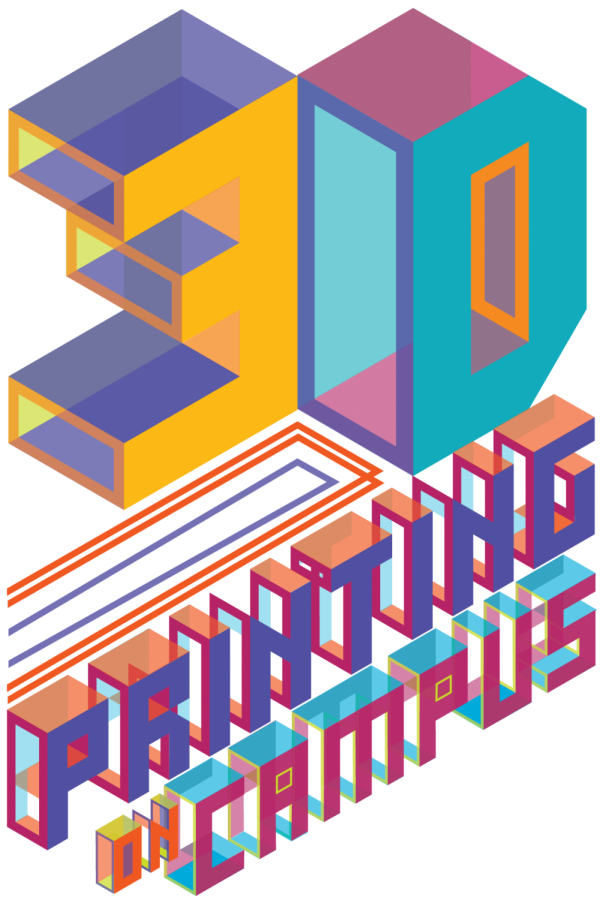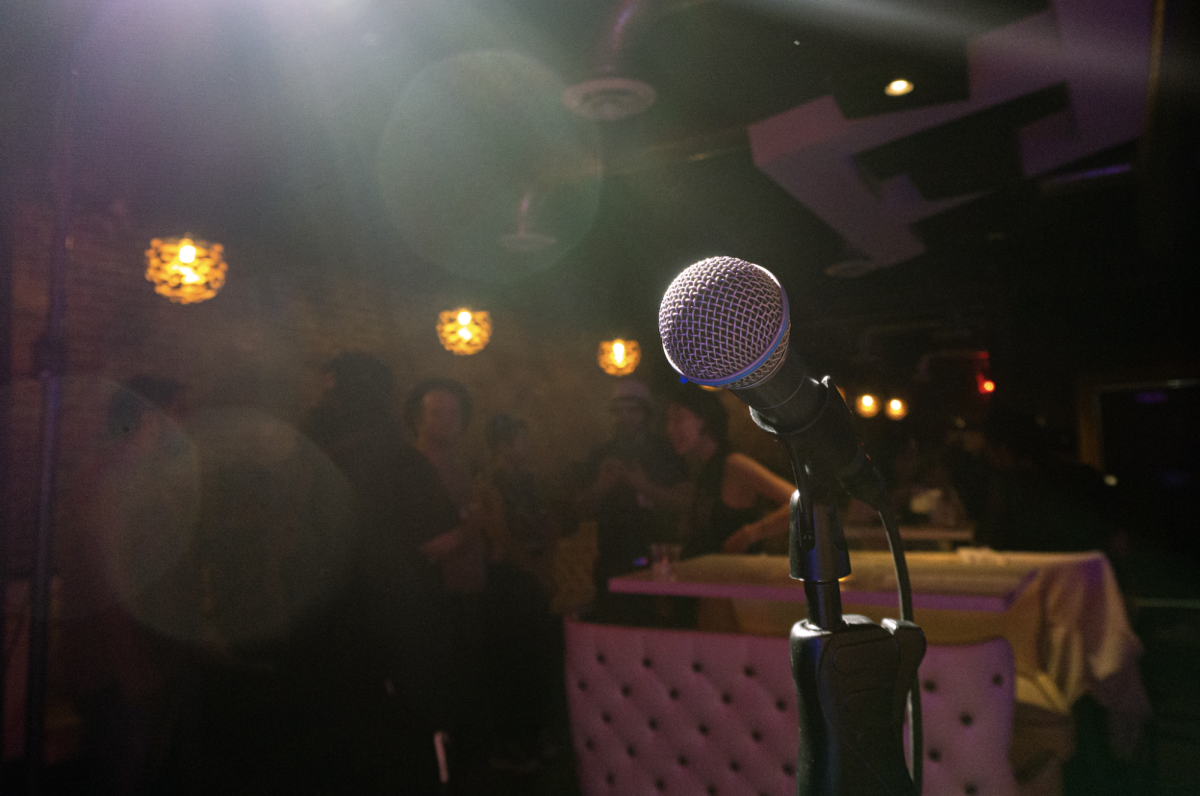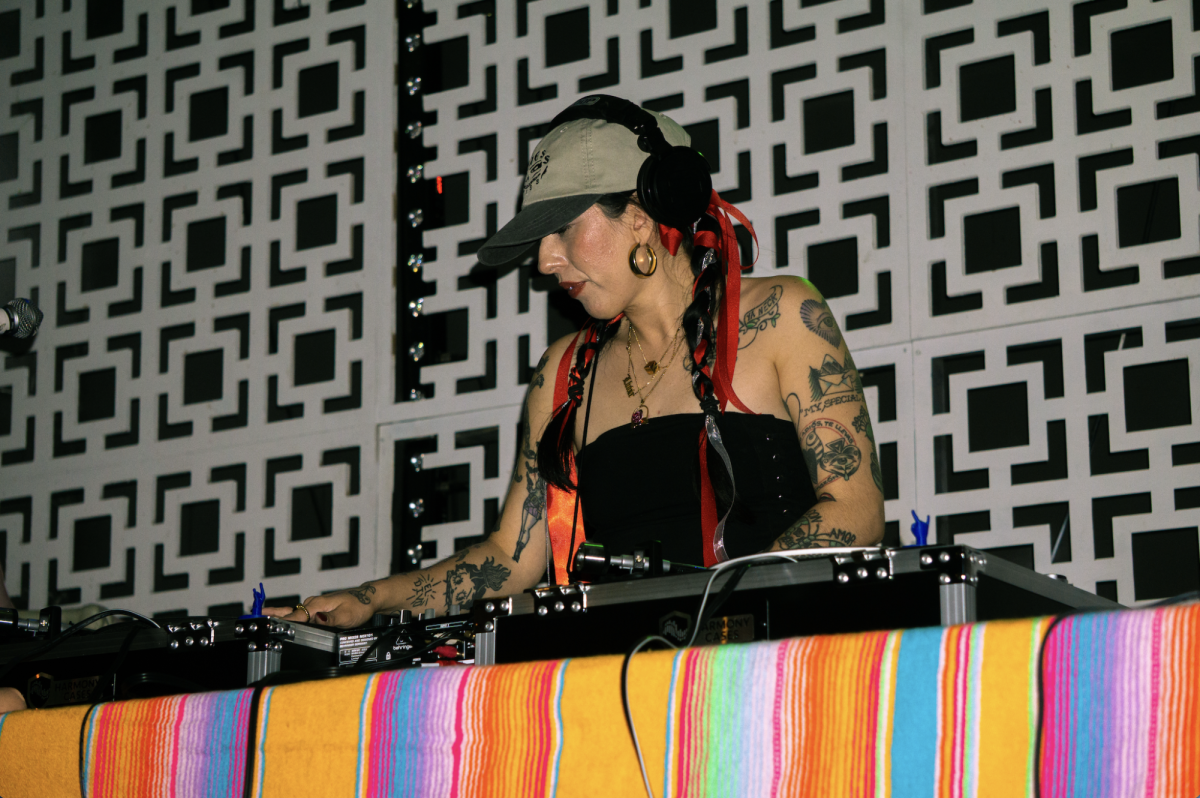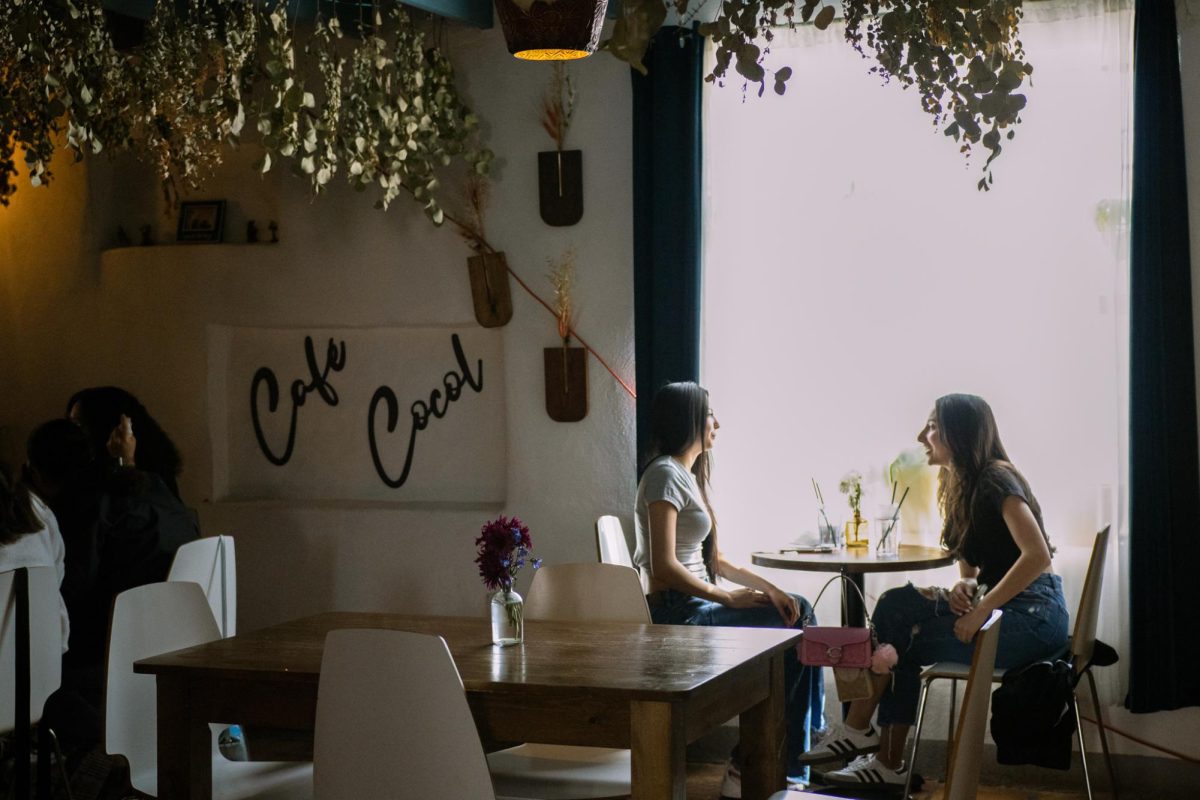In order to offer a better future to students, faculty and staff, UTEP has created new technology spaces that include three different 3D laboratories on campus.
Located in the Undergraduate Learning Center (UGLC) building, as well as the engineering and art departments, these labs can be used by faculty, staff and students.
GAIA
Located in room 202 at the UGLC, GAIA is a makerspace that started with a 3D-printing pilot program, where the main objective was to give access to any student to use the technology to create 3D projects and increase their comfort level using the machines.
“Everything just starts with a thought. You just imagine it, and then from that idea, you start creating, prototyping and … seeing if it is actually going to work,” said GAIA Manager Hector Lugo.
GAIA is open for faculty, staff and students. Users do not have to have any background knowledge in 3D technology or programming.
The lab helps faculty create lesson plans that need to apply the 3D-printing technique and offer advice on how this technique can be incorporated into the curriculum as a project for the students.
GAIA offers students access to services such as virtual reality, 3D scanning and computer programming. It provides teaching services for students who would like to learn to how to program with XCODE or databases. The lab offers workshops on 3D design and printing, graphic design and video editing.
GAIA serves as an incubator space for students where they can develop their own projects. Whether its creating a movie or developing software or an application for a cellphone, GAIA is there to help.
Lugo said GAIA is about the experience of making your idea a reality. He observes successes of students who had an idea, faced challenges, succeeded and then went on to inspire others and provide feedback to the lab.
KECK
Located in the Engineering building in room 108 is the W.M. Keck Center for 3D Innovations, known as “KECK” for short.
KECK offers 3D printing and design services to create prototypes and produces manufactured pieces for a variety of industries.
Additive manufacturing is a type of 3D printing offered by KECK that uses a layering method to create 3D objects. It is provided as a service for industries with high-tech machinery. It has the capacity to transform the metal in a way that ordinary machinery cannot achieve. The benefit is that materials come out more perfectly designed, and it is a less expensive way to produce it.
The machinery in KECK can divide certain materials such as polymers and metals, and has the capacity to print plastic, ceramic, titanium, inconel and stainless steel.
One of the goals of this laboratory is to educate and train students in manufacturing, as well as to serve the needs of future inventors and entrepreneurs.
KECK is one of the largest manufacturing centers in the United States and collaborates on projects funded by the National Science Foundation.
Ceramics Lab
Located in room A252 at the Fox Fine Arts building, a 3D printer and its software were donated to the ceramics department by artists Ronald Rael and Virginia San Fratell. The artists are architects and co-founders of the San Francisco-based 3D architecture and building components company “Emerging Objects.”
The donation was part of their collaboration with the department’s most recent exhibition “Sections: New Cities, Future Ruins at the Border” that runs through April 6 at the Stanlee and Gerald Rubin Center.
The 3D printer helps students give a modern spin to one of the most ancient forms of art known by civilization.
“The printer will benefit our students in a number of ways. On one hand, it’s another amazing tool, actually that the students can use to create art with,” said Vincent Burke, assistant professor in the ceramics department. “I also look at it as something that can spark their imagination and creativity and provides a different way for them to actually express their ideas.”
With this new type of technology, ceramic students will be able to experiment with different types of materials, shapes and structures when creating new ceramic pieces.









